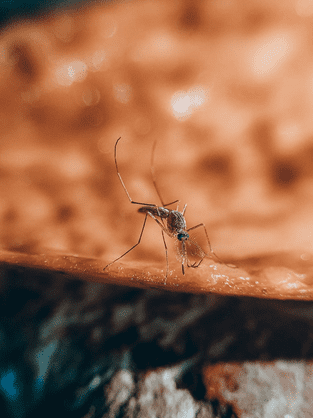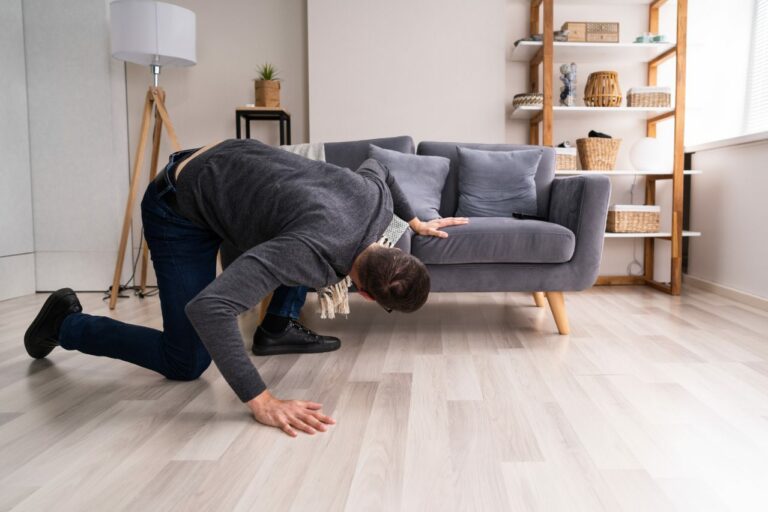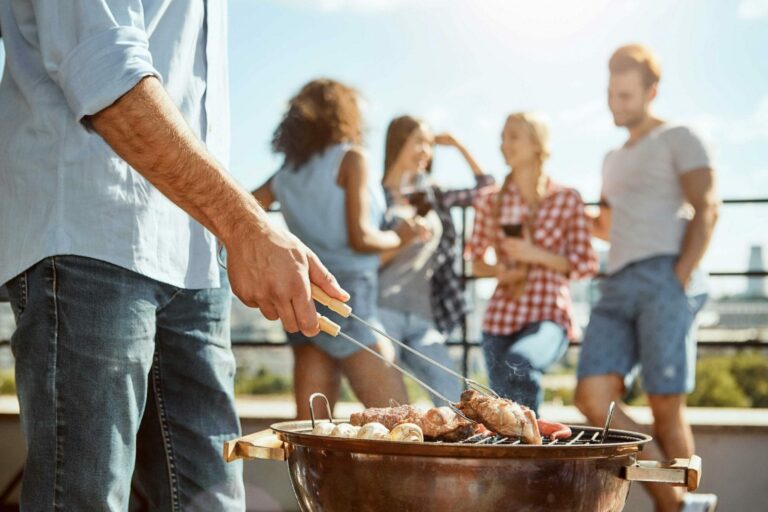How Old Can Bed Bugs Live To Be?
If you wake up with itchy lumps on your skin, you may want to examine your bed and nearby furnishings for bed bugs. This parasite feeds on human blood at night and is often reddish-brown in color. Bed bugs hide in floor crevices, carpets, mattresses, and upholstered furniture because of their flattened bodies.
If find that bed bugs hide in your mattress or bedding, you’re undoubtedly eager to understand how to get rid of them as fast, cheaply, and conveniently as possible. If you want to know what you’re up against, you need to learn a bed bug’s life cycle. An infestation may have been around for a long time if you see multiple generations of bedbugs in your home. Exterminators will find this information useful because it reveals the extent of the problem and potentially where the bed bugs hide.
If you want to learn how old bed bugs live to be, keep reading! This article will discuss what you need to know about the lifecycle of bed bugs.
The Bed Bug Life Cycle
You need to know what each stage of the bed bug life cycle looks like to tell if there are multiple generations in your home. A bed bug’s life cycle consists of three phases:
Eggs
Bed bugs hatch from eggs that are grain-like and milky white. A female bed bug can produce from one to five eggs per day and may lay 200 to 250 eggs in its lifetime. Eggs are laid one at a time or in groups, deposited in nooks and crannies. Around one millimeter long, an egg is about the same size as two grains of salt. In six to ten days, bed bug eggs hatch, and the nymph bed bug seeks out its first meal to transition to the next phase.
Nymphs
Before reaching adulthood, these young bed bugs, also known as nymphs, go through five molts. Nymphs are tiny and have not reached sexual maturity despite their resemblance to adults. They start out with a yellow-white color but turn reddish-brown as they grow older. Every nymph needs a blood meal to finish the molting process. Five weeks after hatching, nymphs mature into adults if they grow at room temperature.
Adult
Bed bugs frequently feed every week and can reproduce once they reach adulthood. They are normally about a quarter of an inch in size. In the meantime while they are not feeding, bed bugs hide away where they can’t be easily found.
What Affects a Bed Bug’s Lifespan?
The lifespan of a single bed bug can range from a few months to a year. The length of a bed bug’s life is mainly determined by temperature and other external factors, the quality and accessibility of food, and heredity. A bed bug can typically live for six to twelve months in a controlled setting in places where other bed bugs hide.
However, a bed bug’s life in the actual world is considerably different and, on average, shorter. Competition with other bed bugs, exposure to hazardous chemicals, the possibility of being crushed while feeding, and predators and other risk factors are only some of the dangers faced by bed bugs in the vicinity of a person’s bed.
Here are some favorable conditions for where bed bugs hide:
- In warm temperatures, bedbugs multiply more quickly. At 80°F, it takes about a month for an egg to become an egg-laying adult. At 64°F, it takes four months. This means that bed bugs in warmer regions can produce multiple generations in a year.
- They need to have an abundant food source. Despite this, nymphs and adults can go without food for months at a time. The bed bug’s chances of surviving without a blood meal are higher at cooler temperatures. Nevertheless, they go into a semi-hibernating state if they don’t get enough food.
Bed Bug BBQ Will Eradicate Your Infestation
If bed bugs hide in your home, make sure you contact Bed Bug BBQ today for heat treatment! Our heat treatment will guarantee the full eradication of your bed bugs! Visit our website or call (216) 221-1227 today!







